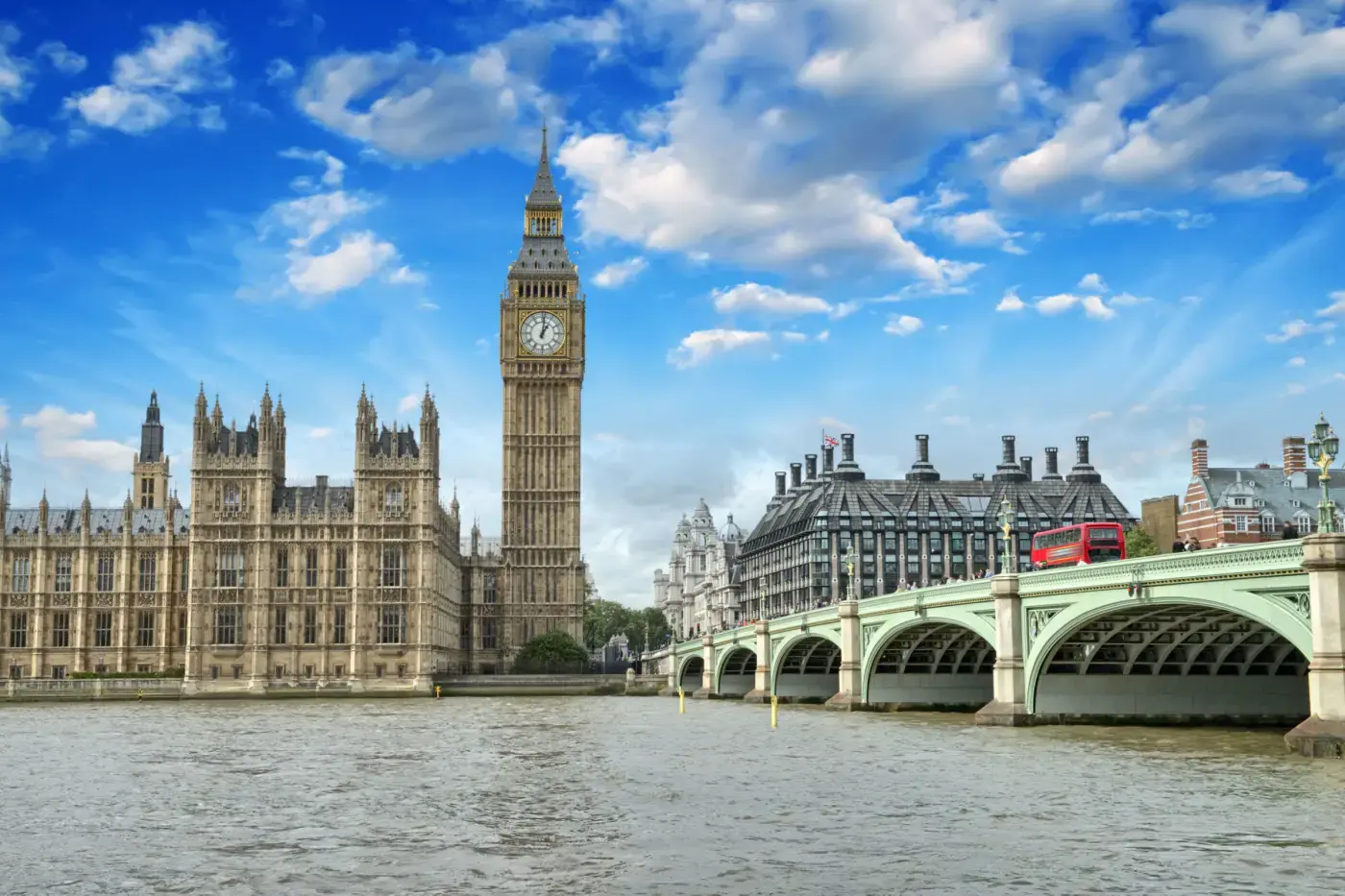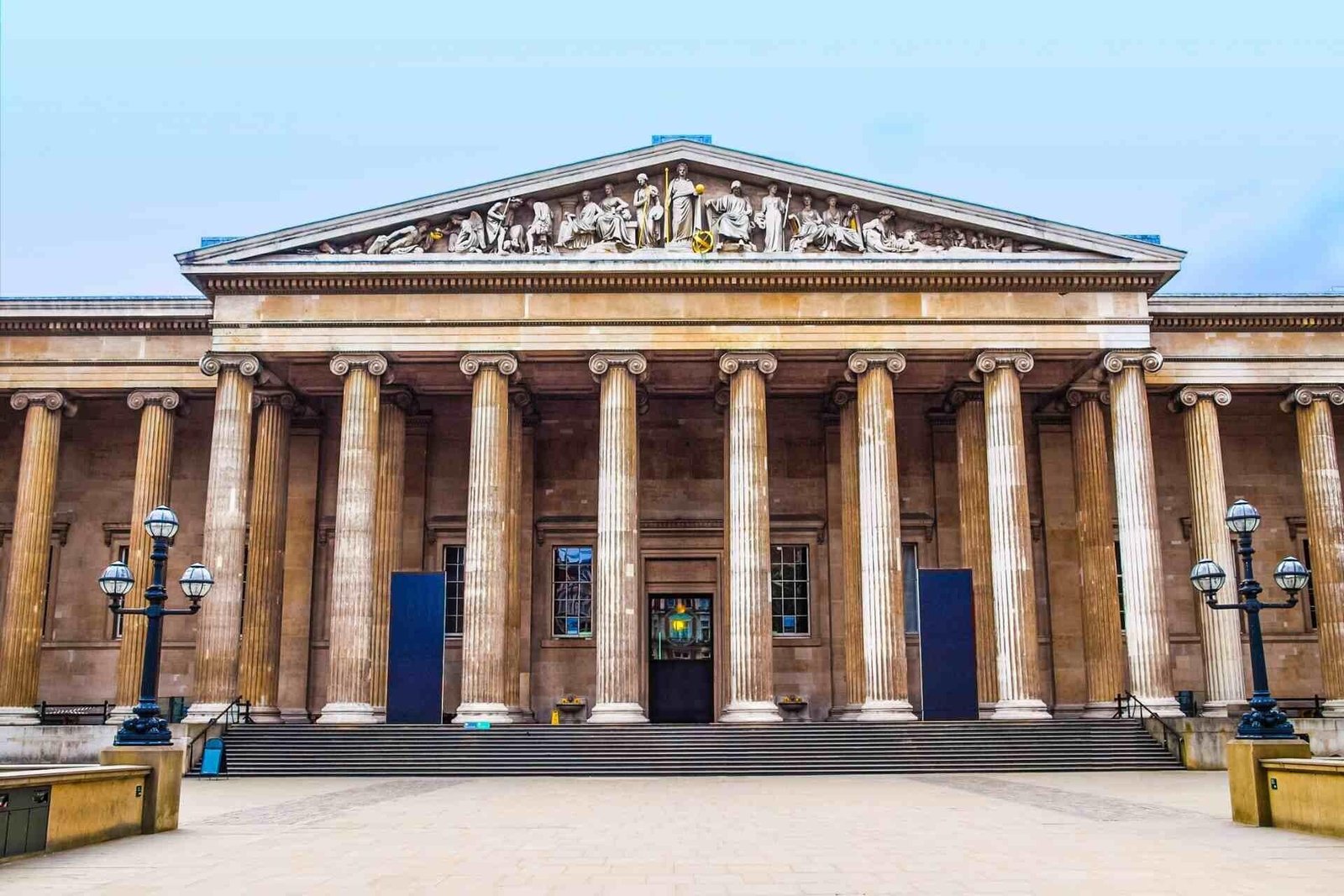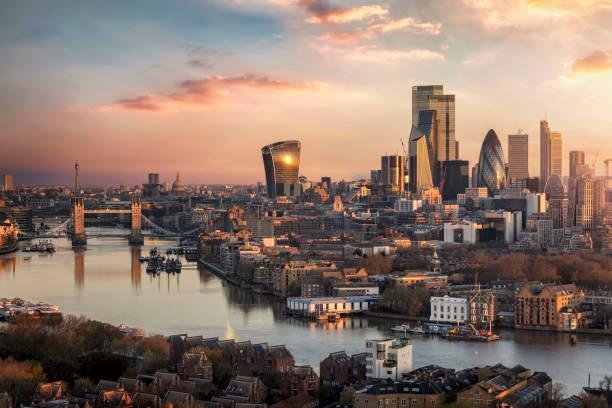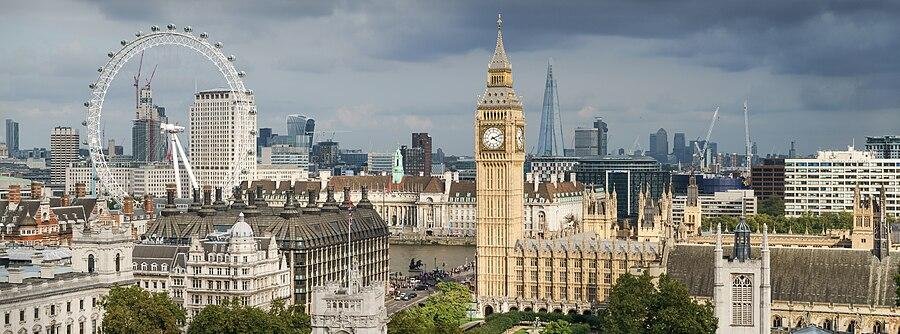Muscat, the capital city of Oman, is a captivating blend of traditional Arabian architecture and modern design, reflecti...
The Architectural Tapestry of London: A Journey Through Time
London, the capital of the United Kingdom, is a city where history and modernity coexist in a remarkable architectural tapestry. With a rich heritage that spans over two millennia, London’s architecture reflects its evolution from a Roman settlement to a global metropolis. The iconic Tower of London, built in the 11th century, stands as a symbol of the city’s medieval past. Its imposing structure, with its white tower and battlements, has served various roles, from royal palace to prison, and is now a UNESCO World Heritage Site.

St. Paul’s Cathedral, designed by Sir Christopher Wren and completed in 1710, is another architectural marvel that dominates the skyline. Its magnificent dome, one of the largest in the world, is a testament to Wren’s genius and the English Baroque style. The cathedral’s interior, adorned with intricate mosaics and stunning artwork, provides a serene space for reflection amid the bustling city.
The juxtaposition of ancient and modern architecture is perhaps best exemplified by The Shard, designed by Renzo Piano. Standing at 310 meters, it is the tallest building in the UK and offers breathtaking views of the city. Its glass façade reflects the changing sky, symbolizing London’s forward-looking spirit while blending seamlessly with the historic structures that surround it.

The British Museum, founded in 1753, not only houses a vast collection of art and antiquities but is also an architectural gem. The Great Court, designed by Norman Foster, features a stunning glass roof that floods the space with natural light, creating a harmonious environment for visitors to explore the treasures of human history.
The Houses of Parliament, with the iconic Big Ben clock tower, represent the Gothic Revival style and are a symbol of British democracy. The intricate details of the façade and the grandeur of the interiors reflect the importance of the institution they house. Visitors can admire the stunning architecture while learning about the political history of the United Kingdom.
In contrast to the historical landmarks, London is also home to innovative contemporary architecture. The Gherkin, designed by Norman Foster, is a striking example of modern design. Its unique shape and eco-friendly features have made it a landmark in the financial district, showcasing how contemporary architecture can harmonize with the urban landscape.
The cultural district of Southbank is another area where architecture plays a vital role. The Royal Festival Hall, part of the Southbank Centre, is a prime example of postwar architecture, combining functionality with aesthetic appeal. Its flexible performance spaces and inviting public areas make it a focal point for arts and culture in the city.
Covent Garden, known for its lively atmosphere, features a blend of historic and modern architecture. The Royal Opera House, a neoclassical gem, stands in contrast to the surrounding contemporary shops and restaurants, creating a vibrant cultural hub that attracts visitors from around the world.
London’s architecture is not limited to grand buildings; it also encompasses the charm of its neighborhoods. The Georgian terraces of Bloomsbury and the Victorian houses of Notting Hill evoke a sense of history and character. These residential areas showcase the city’s architectural diversity and provide insight into the lives of its inhabitants over the centuries.

The city’s commitment to preserving its architectural heritage is evident in the many conservation areas and listed buildings scattered throughout. Areas like Hampstead Heath and Greenwich offer glimpses into the past with their well-preserved architecture, allowing residents and visitors to appreciate the historical significance of these sites.
The Barbican Centre, a prime example of Brutalist architecture, stands as a testament to the city’s architectural experimentation in the mid-20th century. Its concrete structures and unique layout provide a stark contrast to the surrounding buildings, making it a distinctive cultural venue that hosts art exhibitions, performances, and film screenings.
London’s bridges, such as the iconic Tower Bridge and the elegant Millennium Bridge, also contribute to its architectural identity. Tower Bridge, completed in 1894, combines Victorian Gothic style with functional engineering, while the Millennium Bridge, designed by Sir Norman Foster, showcases modern design and provides a pedestrian link between St. Paul’s Cathedral and Tate Modern.

The city continually evolves, with new architectural projects redefining its skyline. The City of London has seen the rise of numerous skyscrapers, including the Walkie Talkie and the Cheesegrater, which showcase innovative designs and sustainable features. These modern structures reflect London’s status as a global financial center while contributing to its dynamic urban landscape.
Public spaces, such as Trafalgar Square and Leicester Square, are integral to London’s architectural narrative. Trafalgar Square, with its iconic Nelson’s Column and surrounding historic buildings, serves as a gathering place for celebrations and events, while Leicester Square is known for its vibrant entertainment scene and theaters.
The diverse architectural styles found throughout London—ranging from Roman and Medieval to Victorian and Modern—tell the story of a city that has continually adapted and reinvented itself.
Share:




